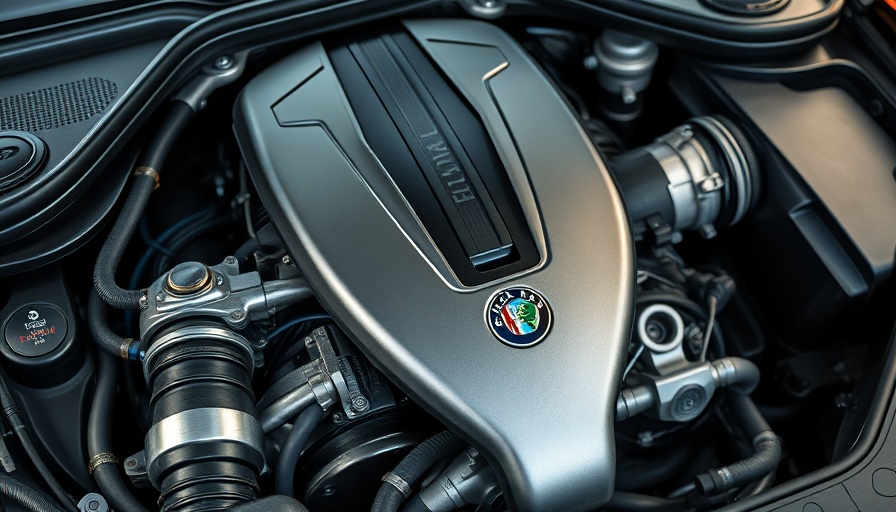
Alfa Romeo’s Shift: A Multi-Energy Strategy Explained
Alfa Romeo’s recent pivot from an all-electric future to a multi-energy model is a response to both market pressures and dealer survival. Originally, the brand aimed to become fully electric in North America by 2027. However, the latest updates showcase a broader vision, allowing gas, electric, and plug-in hybrid vehicles on their roster. This shift aims to offer flexibility in a market that isn't fully ready to transition from internal combustion engines (ICE) to battery electric vehicles (BEVs).
The Pressures of Transitioning to Electric Vehicles
During the NADA Show, Chris Feuell, Alfa Romeo North America chief, highlighted the challenges of pushing dealers toward an all-electric strategy quickly, hinting at a need to consider the dealer network's viability. With sales down 19% last year to just 8,865 units sold in the U.S., maintaining a diverse lineup could help stabilize the brand.
Market Dynamics: What Does This Mean for Dealers?
Dealership principals and general managers can see the direct implications of this decision. By allowing gas engines to remain part of the lineup, Alfa Romeo may attract a broader spectrum of buyers who are hesitant about making the leap to electric vehicles. For dealerships, this flexibility can be crucial for maintaining foot traffic and sales. Furthermore, with a substantial inventory of 2024 models, the launch of flexible leasing options indicates a focus on clearing out stock and revitalizing interest.
Future Models: What to Expect
As the automaker moves forward, excitement builds around the upcoming models—specifically the modernized Giulia and Stelvio replacements. Set to utilize the STLA Large platform, these new vehicles will maintain compatibility for both ICE and electric drivetrains. This progressive approach hints at Alfa Romeo's intention to adapt quickly to consumer preferences while fostering innovation.
Balancing Tradition and Innovation
Alfa Romeo’s decision allows them to position both traditional and new vehicles side by side. With the backdrop of an evolving automotive landscape, this balancing act becomes crucial in retaining long-term customers. The anticipated supercar following the 33 Stradale seems to embody this philosophy as well, suggesting potential gas-powered options in addition to hybrid and electric variants.
A Closer Look at Sales Strategies
Alfa Romeo's inventory challenges are not unique to them; many brands are grappling with how to keep sales steady amidst rising competition and shifting consumer expectations. A $399 lease deal on the gas-fueled Tonale indicates a strategic play to reinvigorate sales and draw in customers. For dealership principals, understanding the broader trends can inform inventory strategies and sales tactics that play into this multi-energy approach.
The Bigger Picture: Industry Implications
Alfa Romeo’s strategic adjustments reflect a broader trend within the auto industry, where manufacturers are finding that solely pushing for electric vehicles can sometimes mismatch consumer desires with available choices in the market. As dealerships navigate these waters, the ability to market a diverse range of vehicles—including gas options—might deliver significant advantages in retention and customer satisfaction.
 Add Row
Add Row  Add
Add 




Write A Comment